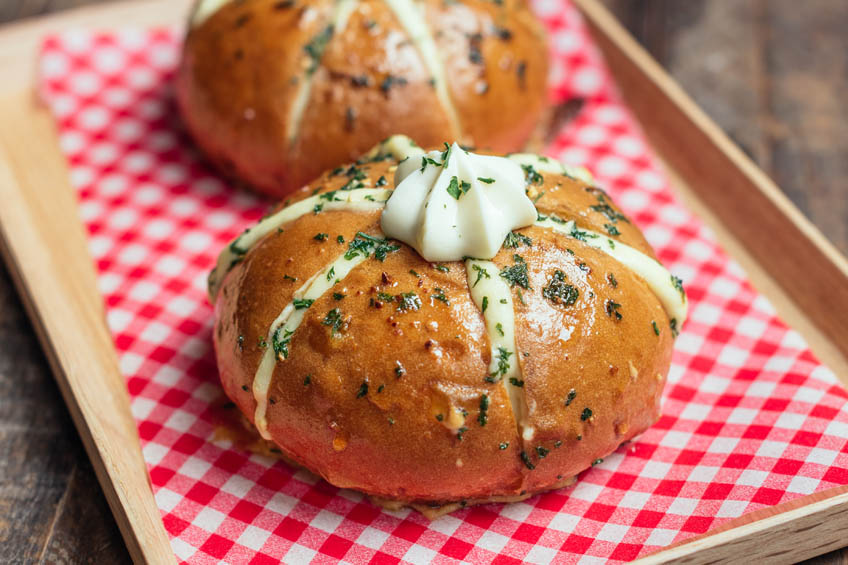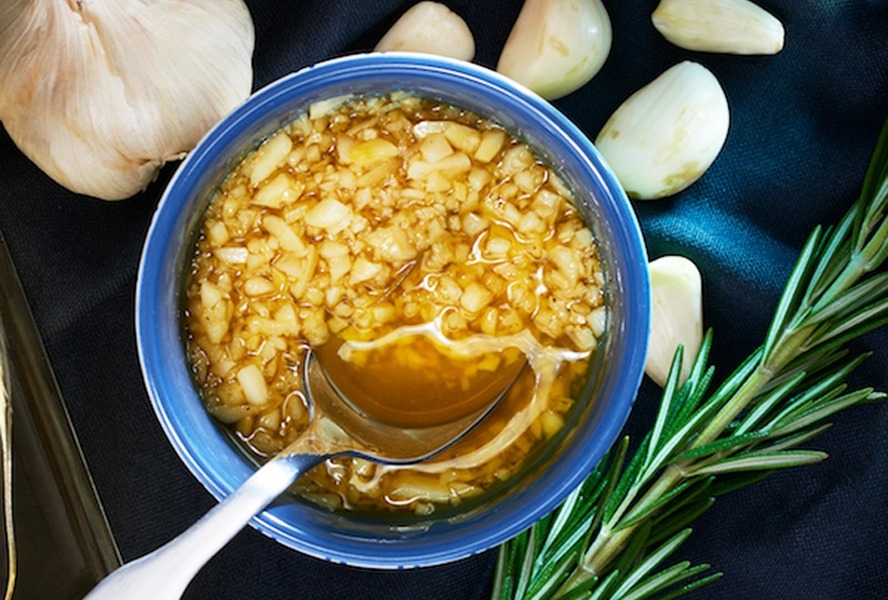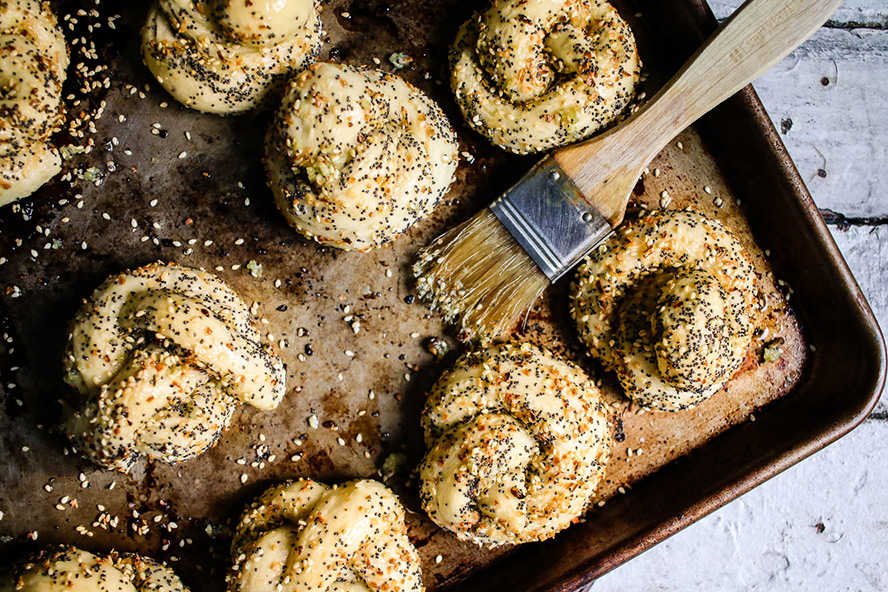
As Canadians get more adventurous in the kitchen, it’s only natural that they’d be on the lookout for the latest on-trend foods and dishes to try at home. Black garlic has continued its steady ascent as one of the most sought-after ingredients in North American cuisine. But if you’re left reeling at the thought of cooking with the inky, blackened cloves – or don’t entirely understand how to incorporate it into your favourite recipes – you’re definitely not alone.
Although not an entirely new concept (Japan, Thailand and South Korea have been extolling the virtues of black garlic for years) this versatile ingredient can be easily swapped in for traditional white garlic in most dishes.
Still not convinced? We break it all down for you – from the what to the how – and offer up some of our favourite garlicky Food Network Canada recipes as mouth-watering examples of where you can introduce this on-trend ingredient into your repertoire.
Related: Everything to Know About Japanese Curry Powder
What is it?
In short, it’s your everyday run-of-the-mill white garlic – albeit gradually aged over a period of weeks. By gently heating entire bulbs in a humidity-controlled environment (think: rice cookers), you wind up with darkened, sticky cloves that quite frankly resemble garlic gone bad. Despite their slightly charred and off-putting appearance, the Maillard reaction (the chemical reaction between amino acids and sugars that lend browned/aged foods their unmistakable taste) actually deepens their flavours for an entirely different – and elevated – culinary experience.

Get the recipe: Korean Cream Cheese Garlic Bread
What does it taste like?
For starters, it doesn’t taste much like traditional garlic. Once blackened, the cloves become earthy and syrupy-sweet in flavour, with additional hints of prunes, balsamic vinegar and black licorice. It’s also softer and has a molasses-like texture, making it easier to spread on crackers or crostini. Something for at-home chefs to consider: due to the loss of its original sharp taste, a larger volume of black garlic is required with any recipe in order to achieve higher taste levels.
How to use it
You can add black garlic to salad dressing or dip recipes, purée them with olive oil, create scrumptious pastes from scratch or rub onto fish or meat before popping your dish in the oven. If you purchase it in powdered form, you can also sprinkle it on pretty much anything your heart (and stomach) desires.
Related: A Guide to Cooking Oils: Everything You Need to Know

Get the recipe: 30 Cloves of Garlic Sauce
How to make it at home
We’ll be honest: it’s a long, drawn-out process, but if you have the time to spare, the results are well worth the wait. A relatively easy hack is to break out the rice cooker and use the “warm” setting to transform white garlic into black garlic over the span of roughly three to four weeks (or 40 days). You can also use your slow cooker.

Get the recipe: Everything Garlic Bread Knots
Where to buy it
Although it might be a little difficult to track down in major grocery chains, specialty stores, like Whole Foods, often carry both whole heads of pre-humidified black garlic and the powdered variety.
Health benefits
Although it’s lower in allicin, the compound that gives traditional garlic many of its health-boosting properties, black garlic is still rich in amino acids and contains double the antioxidants as the white variety. It’s also a great source of vitamins C and D.
Read more: A Guide to Best Before and Expiry Dates in Canada
